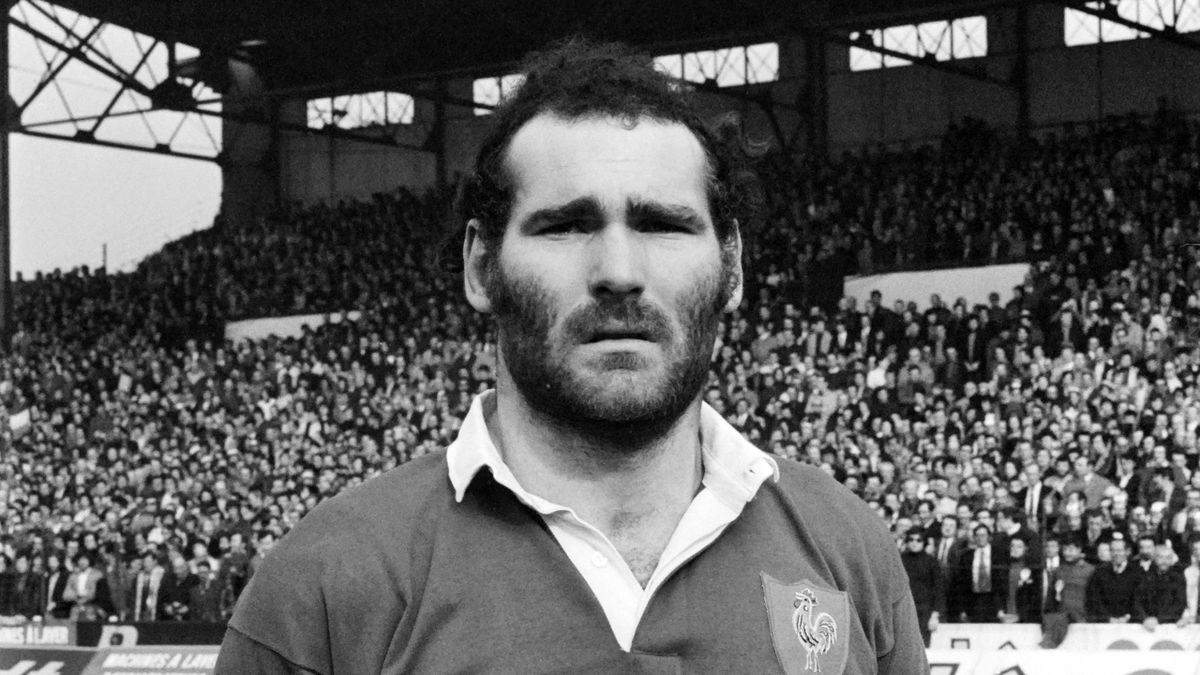The recent passing of Alain Estève, the towering second row and a controversial figure in French rugby history, has brought attention to a bygone era where brute force often overshadowed skill on the rugby pitch. While his obituaries have somewhat downplayed his thuggish reputation, Estève’s legacy remains intertwined with a period when on-field violence was more commonplace.
Advertisement
Esteve, who passed away at the age of 77, was not just a formidable presence on the field but also a man whose off-field antics often made headlines. His rugby career, which began in the 1970s, was marked by a series of legal issues, including convictions for pimping and fraud. Despite his troubled personal life, Esteve achieved success on the rugby field, earning twenty caps for France and winning eight French championship titles with Beziers between 1971 and 1981.
Nicknamed the ‘Beast of Beziers,’ Esteve represented a breed of rugby players from the 1970s who were known for their physicality and, at times, aggression. The era itself was marked by widespread on-field violence, with players from various nations engaging in what could be described as “argy-bargy.” Esteve’s teammates, such as Armand Vaquerin and Michel Palmié, were equally notorious for their combative style of play.
Advertisement
The 1970s, dubbed a remarkable decade in sport, saw the emergence of characters like Esteve who embodied the brash, edgy, and sometimes nasty aspects of society. Rugby, in particular, had its share of enforcers, and French rugby boasted some of the most fearsome individuals of the time. Gerard Cholley, known as the ‘Master of Menace,’ was one such player who combined strength and technical prowess with a penchant for physical confrontations.
While Esteve’s playing style and off-field troubles may have defined an era, the evolution of rugby culture and professionalism has led to a shift in the sport’s ethos. The brute force and disregard for discipline that characterized Esteve’s era have given way to a more disciplined and regulated game, both in France and globally.
The legacy of players like Esteve is a reminder of a time when rugby was perhaps more raw, untamed, and reflective of the societal attitudes of that era. As the sport continues to evolve, the emphasis on skill, strategy, and sportsmanship has taken precedence, leaving behind the rough-and-tumble days of yesteryear.
The recent incidents of violence in amateur rugby in France serve as a stark reminder that remnants of the past still linger in certain pockets of the sport. However, the current French national team, under the leadership of Fabien Galthie, has demonstrated a commitment to discipline, reflecting a positive shift away from the excesses of the past.
In commemorating Alain Estève, it is essential to acknowledge the complexities of his legacy – a mix of rugby prowess, personal struggles, and a bygone era of rugby where a bit of “argy-bargy” was not just accepted but, in some cases, celebrated.


Leave a Reply